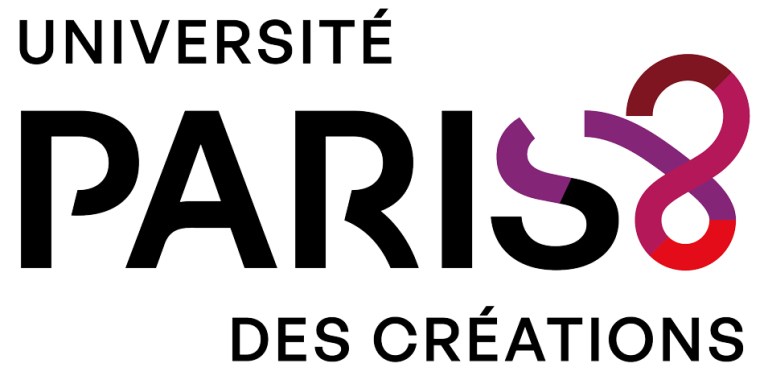Vincent Bouat-Ferlier
General Heritage Curator, Director of the Fondation de Chambrun-Lafayette
July 2026

- Museums
- Washington, DC
“As a city built at the very moment when Lafayette embodied the republican ideal, Washington offers a privileged field of study to explore the public uses of the past and the way a foreign figure was integrated into the American founding narrative.”
A historian and heritage curator, I develop my work at the intersection of historical research, museum mediation, and memorial writing. As Director of the Fondation de Chambrun, a public-interest foundation, my research focuses on the history of General Lafayette and his role in shaping the American national narrative through commemorative objects, exhibitions, and monuments. Previously serving as Scientific Director of the Musée national de la Marine in Paris and as head of the museographic project during its renovation, I was able to study methods of staging collections, particularly those concerning Franco-American relations.
My work also extends to promoting our collections with institutions interested in the figure of the General and his struggles for the emergence and development of democratic ideas. My approach takes shape through scientific collaborations with heritage and academic institutions in France and abroad, around exhibition projects, publications, and the organization of scholarly events for a variety of audiences.
I am currently preparing a museum project to be located near Lafayette’s château in Seine-et-Marne, which will revisit the major milestones of his life and commitments, from the American Revolution to that of 1830. My ambition is to invent forms of historical writing that, while rigorous, open themselves to a diversity of viewpoints and to the transatlantic circulation of ideas and representations. In this way, history becomes a critical tool for understanding the present and a lever for fostering a more open memory.
Vincent Bouat-Ferlier is the General Heritage Curator and a graduate of the École nationale des chartes and Paris 1 Panthéon-Sorbonne University, as well as the Director of the Josée and René de Chambrun Foundation, a public-interest foundation dedicated to promoting the life, ideas, and legacy of Lafayette, who devoted his existence to the defense of the democratic ideal.
He previously served as Scientific Director and Head of the Museographic Project at the Musée national de la Marine, as well as Scientific Curator of its inaugural exhibition Sea and Cinema. A former participant of the Cycle des hautes études de la Culture, he has also held positions at the Ministry of Culture and at the French National Archives.
The figure of Lafayette is perceived in very different ways in France and the United States. While Americans regard him as a hero of independence—celebrating his early commitment and decisive military role—his image in France remains more ambivalent, even subject to criticism. This divergence can be explained in part by the limited awareness of his involvement in the United States during the French and 1830 Revolutions, but also by a French historiography sometimes influenced by partisan interpretations of those events. His political moderation in the face of extremes earned him the mistrust of both monarchists and radical republicans.
The upcoming celebrations of the 250th anniversary of American independence offer a unique opportunity to revive the memory of this transatlantic figure and to explore how his image has been constructed, transmitted, and used in public collections on both sides of the Atlantic: museums, archives, libraries, university collections, and more.
This forward-looking research project aims to create a collaborative database providing a rich and well-documented overview of representations of Lafayette. It will serve both as a resource for scholars in history and art history and as an accessible, user-friendly educational tool for the general public.
The project also seeks to make this platform a living, evolving initiative by gradually expanding its scope to include the posthumous memory of Lafayette—particularly during the two World Wars—as well as other key figures of the American Revolution.
As part of a project devoted to the memory of Lafayette and the construction of a transatlantic iconography of the American Revolution, the United States—and Washington in particular—stand out as an essential setting. As the institutional cradle of American national memory, Washington brings together the richest collections related to Lafayette: within the Library of Congress, the Smithsonian Institution, the National Portrait Gallery, and the National Archives. These institutions preserve not only works of art, but also documents, commemorative objects, and visual materials that reflect the unique place Lafayette occupies in the American political imagination, from the eighteenth century to the present day.
As a city built at the very moment when Lafayette embodied the republican ideal, Washington offers a privileged field for studying public uses of the past and examining how a foreign figure came to be integrated into the American founding narrative. Living there in residence would make it possible to combine approaches from history, art history, and memory studies in order to question the making of a transnational hero.
Finally, undertaking a residency in Washington would open the way to valuable partnerships with curators, researchers, and archivists working there, while also facilitating access to collections that remain little explored in French scholarship. This stay would therefore represent a decisive step in developing a collaborative database and online portal designed to make this shared heritage between France and the United States both visible and accessible.
In partnership with

Université Paris 8

Chambrun Foundation

